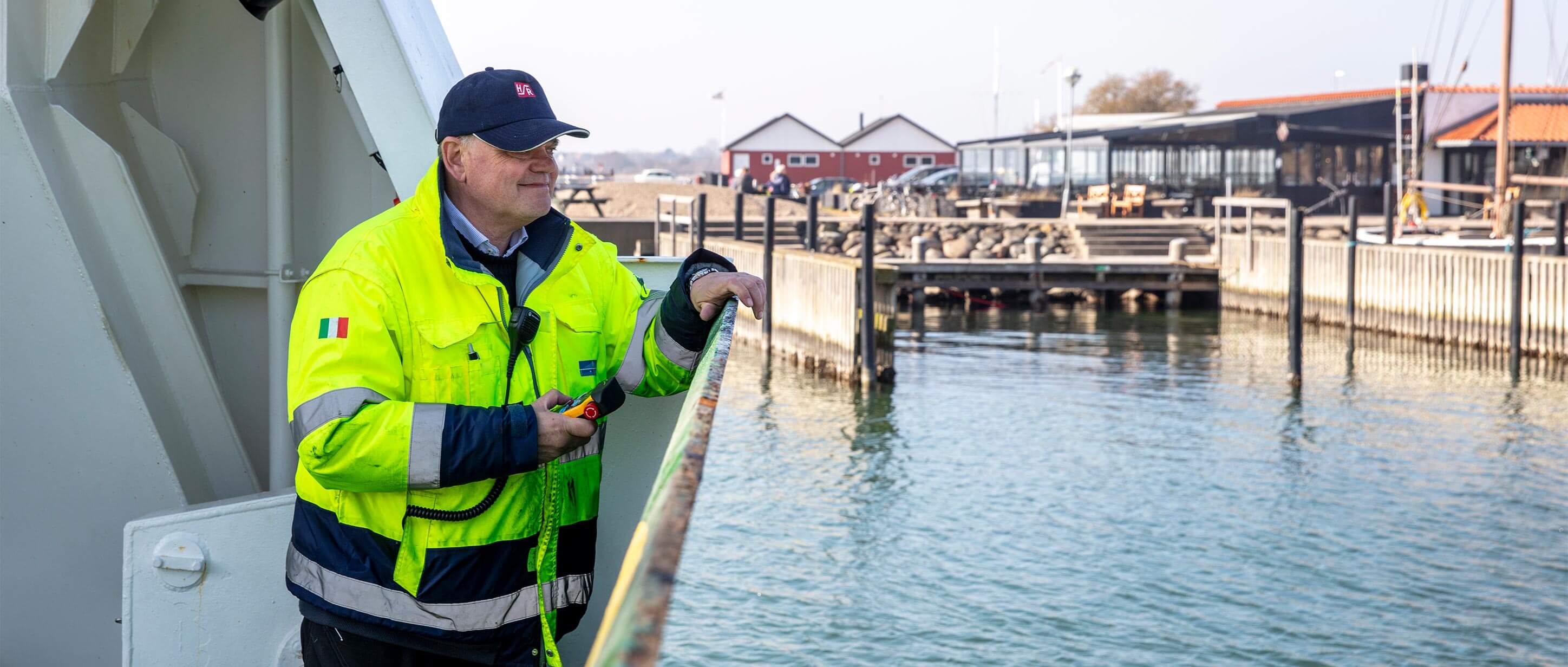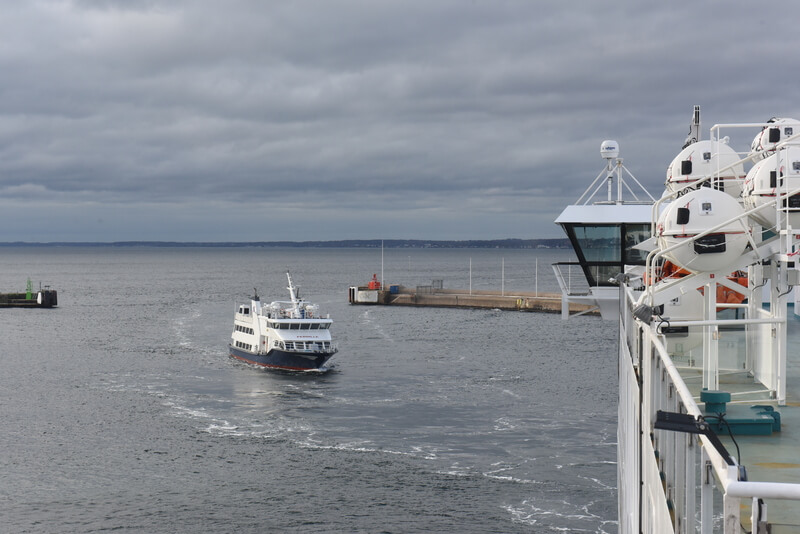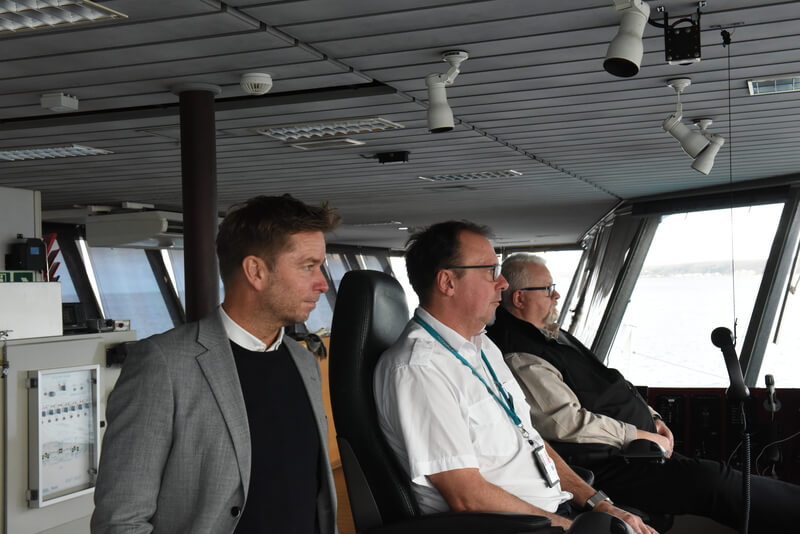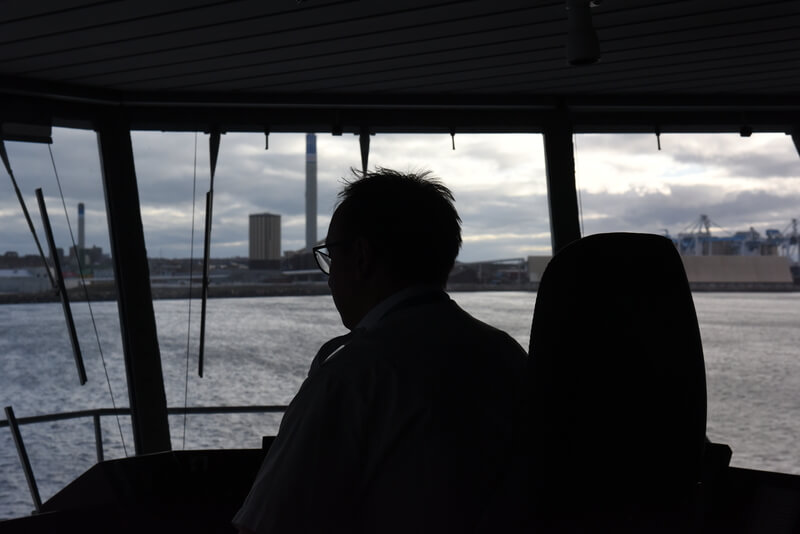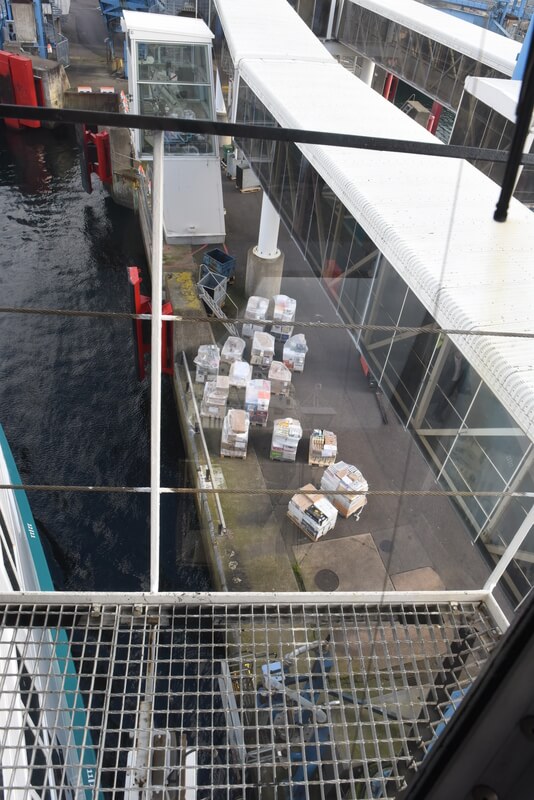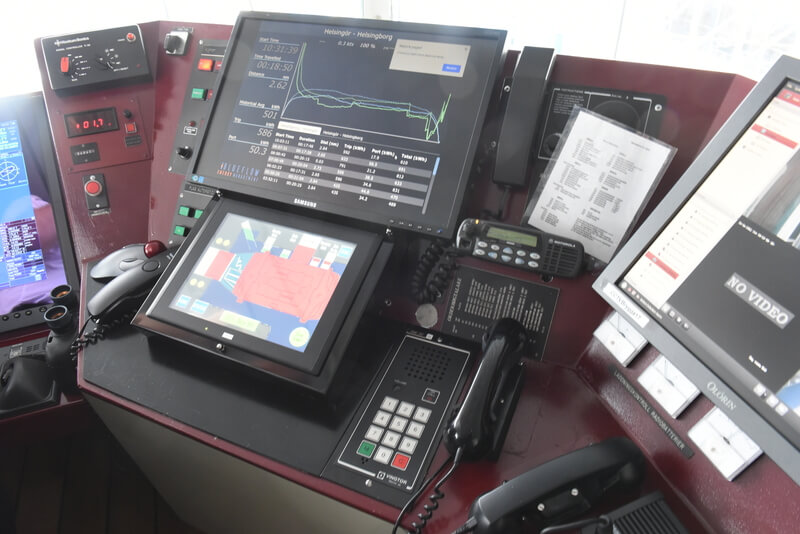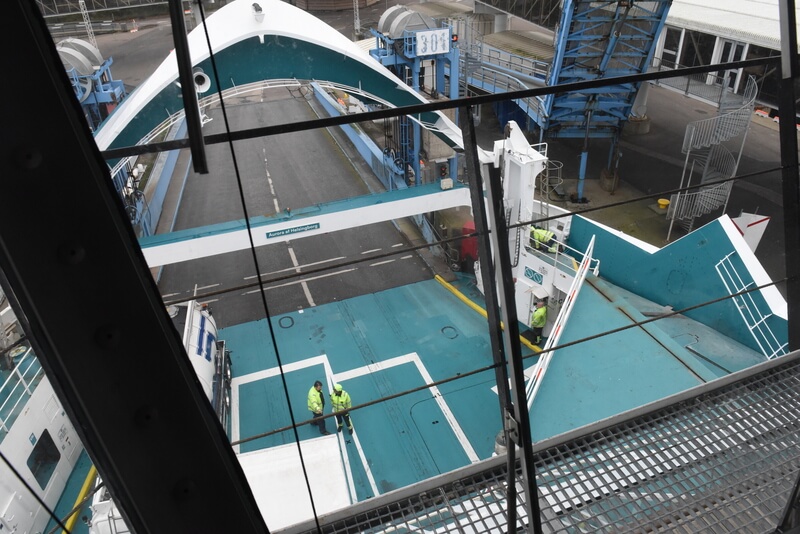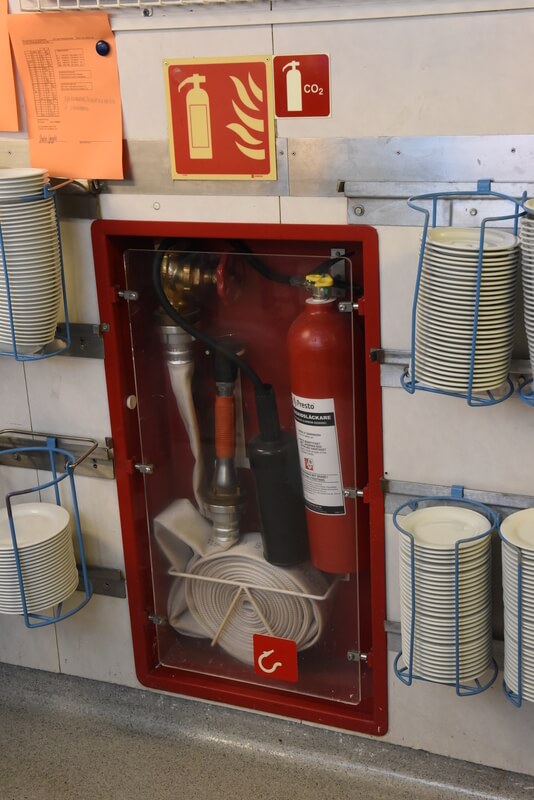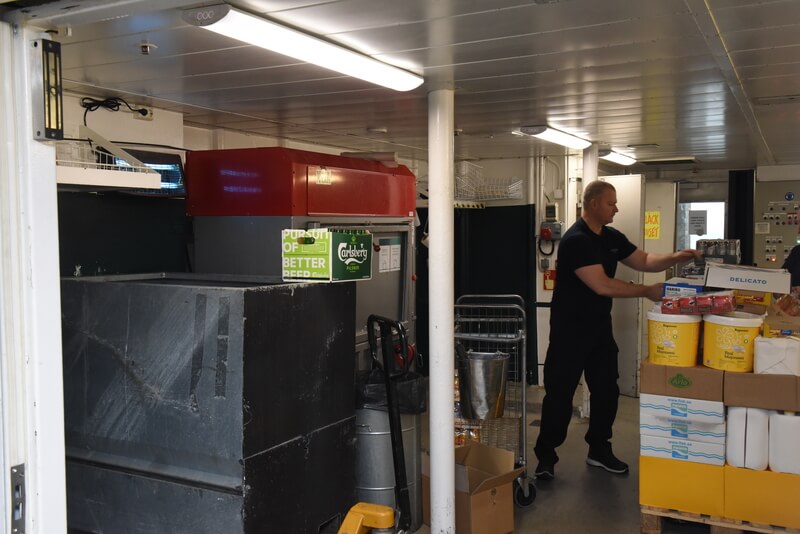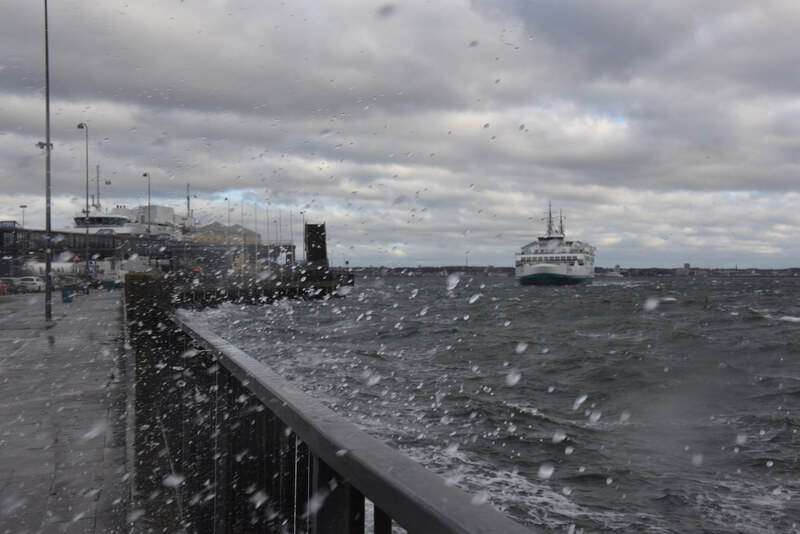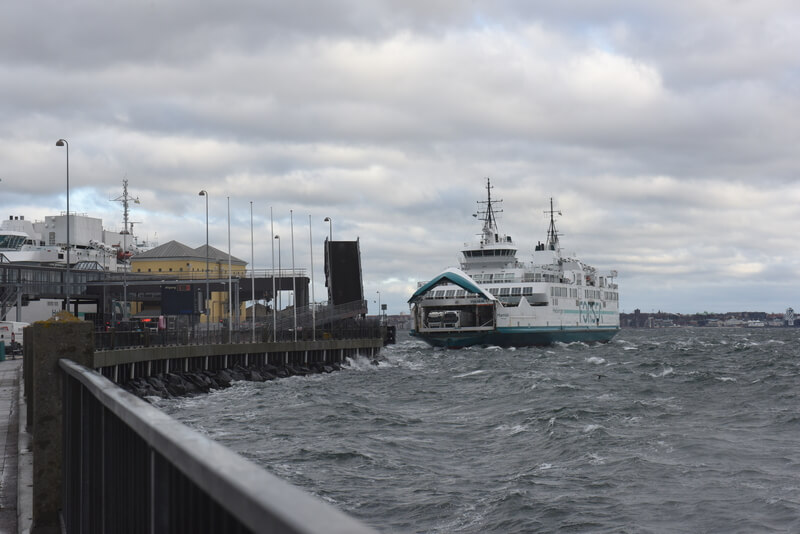ForSea's ferries shuttle between Elsinore and Helsingborg 365 days a year, and with a crossing time of just 20 minutes, the number of trips tallies into the tens of thousands. The company maintains a goal of zero accidents, so constant attention to every detail is a top priority.
The temperature has dropped quite a bit and the wind picked up since UFDS visited DFDS and Princess Seaways in the Netherlands back in September, but the waves on the northern Øresund work well as an underlining of a key point from the head of security at the shipping company ForSea, Jan Bagger.
UFDS meets him on passenger and freight ferry ‘Aurora of Helsingborg’, which together with its sister ship ‘Tycho Brahe’ and the similar ‘Hamlet’ sails one of Denmark's busiest crossings in the form of the short trip between Elsinore and Helsingborg on the Swedish side of the sound.
The three ships, each of which can take between 1,000 and 1,200 passengers and 240 passenger cars, shuttle between Denmark and Sweden 24 hours a day, 365 days a year, and with an effective sailing time of just 20 minutes, it comes to a lot trips.
Adding the two smaller vessels Mercandia IV and VIII (the old HH-Ferries), which primarily serve as freight transport, the total number of departures and arrivals per year lands around 43,000. And when DFDS addressed routine as a risk based on two daily departures between Amsterdam and Newcastle, then that must be the case even more so in ForSea’s case.
»It's clearly a risk here and something we're very aware of, but on the other hand, no two departures or arrivals are the same. There is a lot of north-south traffic that the crew on the bridge must deal with, and there are always new vehicles that the crew on the car deck have to take care of, plus the weather,« CSO and Head of Safety & Environment Jan Bagger explains.
In order to counter the routines, ForSea ensures that the employees on board switch between vessels and functions within their work areas when on duty. In addition, the shipping company has its own simulator in Helsingborg, where a wide range of different situations and exercises that move beyond everyday tasks can be simulated.
»It could be a thruster falling out or a tugboat suddenly entering the harbour. Something that makes our staff raise their attention, because the incidents we experience, rarely happen when it's a bit rough weather like now, or it's foggy, they usually happen when the sun is shining and it's flat water,« Bagger says.
"One accident is one too many"
In general, ForSea, which employs a total of about 500 people, experiences very few incidents when accounting for the high number of operations, Jan Bagger points out. In 2021, there were only two work related accidents that led to a total of 11 days of absence, a decrease of 86 percent since 2017.
In 2022, the number was slightly higher, but from Jan Bagger's point of view, it only emphasized that you can never stop the pursuit of even small improvements, and that you must never be satisfied and thus risk losing focus.
»It's about repeating the messages of safety, and then producing some material that can highlight the issues. Every quarter, we send out what we call focus areas, where we look at what can form the basis for a discussion at a security meeting based on reports and near miss events,« he says.
It is therefore written policy on the part of the shipping company that safety must be on the agenda at all departmental meetings, and the discussions must appear in the minutes of the meeting. The aim is to always keep the topic top-of-mind with the employees, not least at sea.
»We have defined our overall goal of occupational accidents as 'Vision Zero'. One accident is one too many, and even though you can never be 100 percent sure, we strive for it nonetheless,« says Bagger.
This is done, among other things, through the so-called 'tool box meetings' that the employees hold in preparation for larger, riskier tasks, such as 'enclosed space entry', where ForSea – in line with DFDS – has thorough checklists that must be reviewed before the task begins.
With the same goal in mind, ForSea conducts weekly exercises, for example around fire or the use of the lifeboats, and twice a year they have a major collaboration with civilian training ship ‘Georg Stage’.
Here, Jan Bagger and his employees prepare a script for an incident, which 50-60 students from the ship then become part of with their own action card, telling them how to act in a fictional emergency – many are rational, a few panic, and so on.
»We most recently held the exercise on the Aurora here in mid-October, where we also had the emergency services from the Elsinore Police and the fire brigade on board, so we could train communication between Danish and Swedish smoke divers, while the police could practice a full evacuation of the ship,« Jan Bagger says.
According to the head of safety, feedback from the crew suggests that the large exercise is very valuable because the employees are being pressured in a different way than during the smaller, weekly exercises, which only involve the crew internally.
In addition, smoke divers from the emergency services in Helsingborg train in different scenarios aboard Mercandia IV, and finally, the shipping company is planning a major exercise on the Swedish side in 2023, also to address some of the language barriers that can arise in stressful situations.
Finally, the farm staff conduct minor safety drills once or twice a month, such as oil spills, firefighting, first aid for passengers or the like.
Happy with digital systems
In 2018, ForSea transported more than seven million passengers, 1.3 million passenger cars, 450,000 trucks and 16,000 buses, corresponding to approximately 20 percent of the vehicles crossing Øresund. The corona lockdown obviously made a solid dent in those statistics, but in 2022 roughly the same levels were reached.
For passengers, the trip across the strait with ForSea is also a very safe experience, with less than 10 registered passenger incidents in 2022, the most related to minor falls, and similarly in the years before corona, when the number of passengers was also around seven million.
One of crew members ensuring a safe crossing is senior captain Håkan Andersson, who acts as pilot on the trip from the Danish to the Swedish side, while swapping with a colleague on the way back, again to keep the routines at bay and problem solving fresh.
To assist with the departure, he and his colleagues on the bridge can rely on an increasingly digitized system that shows when the ship is ready to set sail. One of the latest purchases that UFDS gets to see is the software that monitors the connection to the onshore power supply.
In line with Tycho Brahe, the Aurora can sail 100 percent on battery, which she did on 92.5 percent of her voyages in 2021, thus contributing to a CO2 saving of over 20,000 tons compared to baseline in 2016. In addition, both hybrid operation and clean diesel are possible, the latter however only in case of challenges with electricity.
»We can't sail until we have a green ship, as we call it, i.e. we are free of moorings and charging. When it's in sync, it works really well and we're happy with it," Håkan Andersson says while guiding the Aurora through the waves of the Sound at a proper distance aft of a medium-sized oil tanker.
»But it does become routine with so many departures,« he admits.
»Just on this shift, I'm going to sail 11 trips, that’s 22 times in and out of the ports, so you build up some experience. For example, if it's foggy, then we go into a completely different operating mode, my mate and I, where concentration is high, but if it's clear skies and you can see all the way across, then you subconsciously let down your guards, and that's when something can happen,« Håkan Andersson says.
»In these situations, it is important that the crew thinks about the extensive, proactive effort we make, related to the routine work, so that we can keep our concentration at the usual high level,« Jan Bagger adds.
At this point we have reached Helsingborg, where the captain talks about the efficient process of loading into the ferry berth and allowing driving and walking passengers off ship and new ones back on. ForSea's ships do not use traditional moorings with ropes, but rather a hydraulic solution with a ring that is lowered over a pole and held in tension.
Havelearned from other accidents
With Helsingborg's skyline lined by water laden clouds behind him, Jan Bagger tells UFDS about the many considerations ForSea has taken regarding the working environment on the car deck, which is, all other things being equal, one of the most exposed locations to be employed on the ship.
For example, care has been taken to place vibration-counteracting mats at the small spots where crew members most often stand when cars, trucks and buses are driving on and off the ferries, and they also keep a close eye on the air quality, which is generally fine because the deck is open.
»It's a place where people know that they – almost literally – have to be on their toes, because we sometimes see drivers who are busy and want to get off the ship a little faster, which can cause a bit of a challenge,« Bagger says.
For situations where 'an extra leash', as the safety manager calls it, is needed to supplement the hydraulics, the company have recently invested in a new 70-metre lightweight thrush weighing just 20 kilos that was 'expensive but worth it'.
Up on the bridge, it is especially the cross traffic on the Sound that requires the focus of the captain and first officer. In mid-November, the number cruise ships have obviously grown thin, but other commercial vessels and private sailboats are still taking up their share of the near horizon.
»Right now, for example, we have communication going on with Sundbussen, which is on its way out of the port, so we have control over who has the right of way. And then we keep an eye on the yachtsmen further out, so we have constant activity,« Jan Bagger points out.
All the while Håkan Andersson has been given a green ship and lets his chief mate take the helm (which is really a joystick) out of Helsingborg's harbor.
»As much as possible is now automated, not least a lot of monitoring of, for example, the bow gate. There we had a new system installed after the Estonia sank (in 1994, precisely because of a damaged bow gate, ed.) with a 'water on deck' alarm, and we have gotten more cameras after 9/11 and better fire equipment after Scandinavian Star, so we learn from other accidents,« the experienced captain says.
UFDS then gets a short tour of the Aurora, while she covers the 2.2 nautical miles across Øresund back to Elsinore. Among other things, we pass the goods delivery to the popular duty-free shop, where the shipping company has provided electric pallet trucks to avoid heavy lifting as much as possible.
Well back in the ferry berth just south of Kronborg, UFDS sees the Aurora set out to sea again while Hamlet is on its way in. This is how they continue, around the clock, all year round. Again and again, with security at the top level.
ForSea and accidents at sea
Since 2017, when a small number of relatively serious incidents led to a large increase in the number of days off, ForSea has significantly reduced its Accident Frequency Rate (AFR) and Accident Severity Rate (ASR). This has been achieved through five focus areas:
- Senior management commitment
A committed senoir management is essential to achieve a strong safety culture, and it is therefore a high priority at ForSea. Jan Bagger himself is part of the management to send a signal about the importance of safety and a healthy working environment. - Accident investigation
ForSea works with systematic and in-depth investigations of the incidents that occur in order to identify causes and learn from them. Jan Bagger and relevant parts of the management are involved, and the conclusions are communicated to all employees. - Reporting tools
ForSea has established a simple online tool via its intranet, where employees can submit reports of minor accidents, near misses or other concerns in the area. The reports will be sent directly to Jan Bagger with copies to the CEO and COO, who have one week to respond. Annually, 400-500 reports are received. - Safety audits and committees
ForSea have set up a safety audit team consisting of operational personnel who assess all the company's vessels and the two departments on land at least twice a year. In addition, external audits are carried out twice a year and, finally, there are internal safety committees on all vessels and the departments on land, which meet four times a year, and more often if accidents occur. - Transparency and communication
ForSea often use its various channels to address security, both internally and externally, and the topic is a regular part of the agenda at all formal meetings, from which minutes are available to all employees. Jan Bagger provides quarterly updates with specific advice on, for example, dealing with ice coatings in cold weather, and the shipping company also emphasizes that it has a 'no blame' culture recognizing that accidents can happen, but that no one is punished unless there is a clear repeated pattern of risky behavior.



